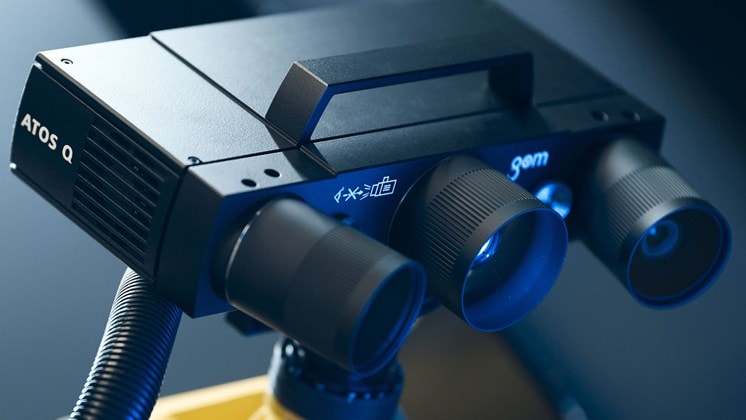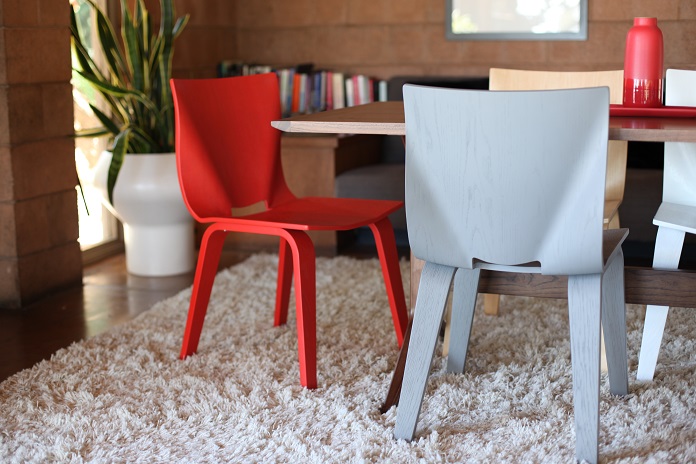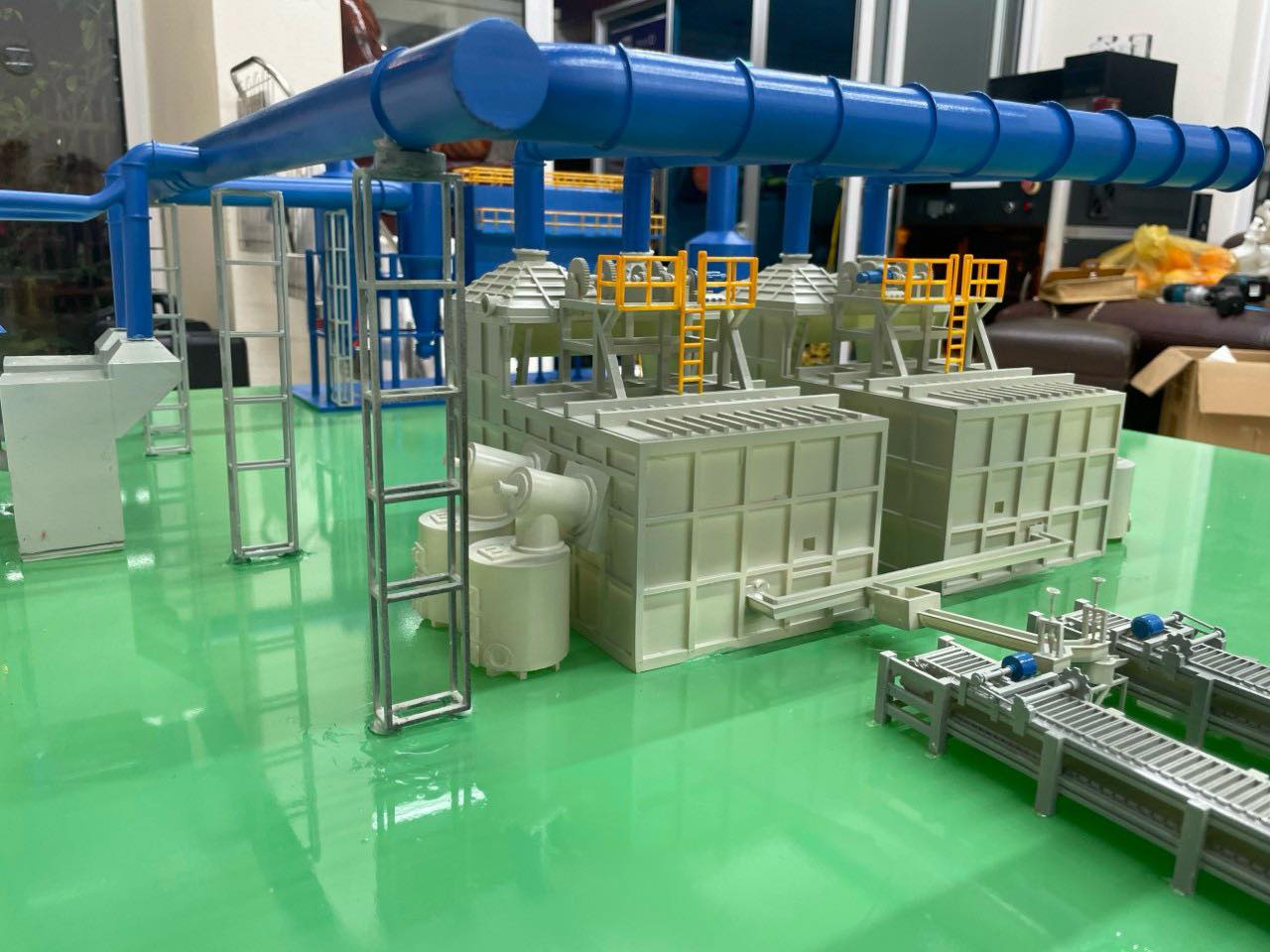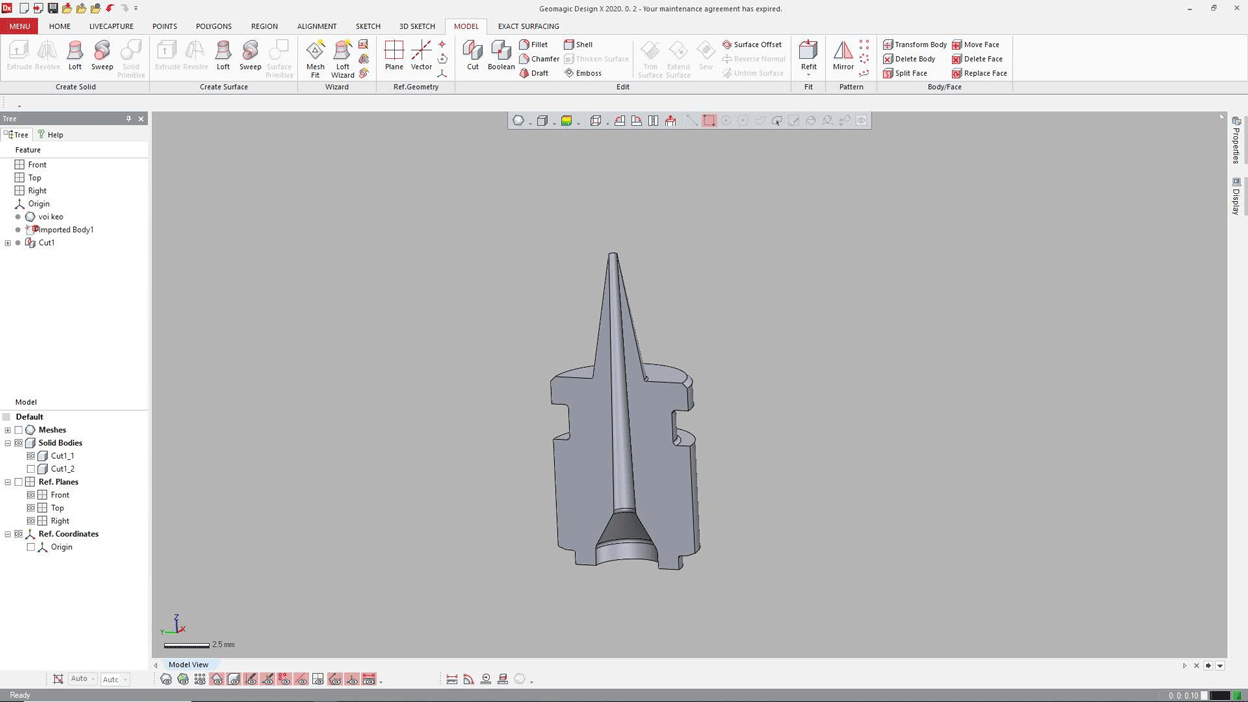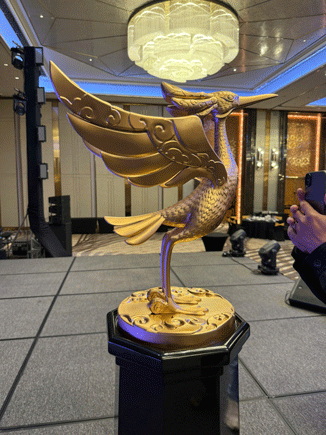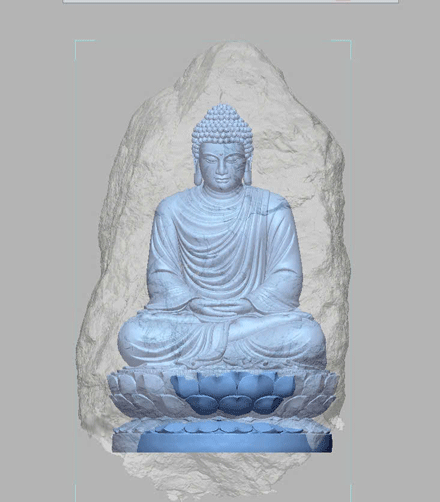MU Interior Design is one of the leading companies in Oakland that designs, manufactures and distributes modern home and office furniture.
The company has never been short of orders since its architects and interior designers found a breakthrough solution.
The most important factor is that they have found a high-quality material called polyresin, one of the most widely used materials in the industry because it is suitable for creating objects of any shape.
The company’s experts have created great designs that are also a challenge for competitors or other companies to copy or create substitute products.
Red and gray V-shaped chair designed by Po Shun Leong, MU Mold Company
To produce a product, a sample of MU will be packaged and shipped to an overseas mold factory where they will design the sample using a copying device to create a wooden mold.
The old method of collecting dimensional data for the V-shaped chair
According to the company representative, this practice not only prolongs the manufacturing time but also does not ensure accuracy in the final stages of the finished product. Moreover, requiring many manual operations increases the cost of the product.
That is why the company recently applied 3D technology at Artec’s representative office in Palo Alto, CA.
Black and gray V-shaped chair designed by Po Shun Leong, MU Mold Company
The workflow is as follows: The designer will do his job to design the physical model of each interior part. Reverse engineering will be used in conjunction with 3D scanning technology performed by the ARTEC Eva scanner. The initial raw point data will be converted into contours using Rhino 3D, accurately simulating the curves of the prototype.
The 3D models are then sent to the factory for CNC machining. The company also uses 3D models to register for patents to protect the product as well as legal rights for its customers.
The oak V-shaped chair designed by Po Shun Leong, MU Mould Company
The design of the V-shaped chair was designed by 3D digital technology performed by ARTEC expert Rachel Yalisove.
The design of the V-shaped chair is being 3D scanned using the ARTEC Eva scanner
“I just pay attention to the edges to make sure I collect enough data for a sharp outline. The scanner works well in these areas. It helps to identify the separation between the chair and the floor or table it sits on,” she said.
3D model of the V-shaped chair processed in Artec Studio
Using the Artec Eva scanner has helped FORM Mold Company significantly increase the quality and precision of its products, while reducing production time and costs.
“This technology has allowed us to have a breakthrough in production, we can use metal molds via CNC instead of wooden molds, which is much shorter than the time it took to send out prototypes and make molds by hand,” said Mark – Company representative.
Metal mold for V-shaped chair, using new technology
The time frame to create a mold has been cut from 60-90 days to only 20 days, and the cost savings are estimated at 10 to 15%.
Accuracy is said to be absolute with reverse engineering. MU Mold Company will continue to work with ARTEC to conduct scanning and data collection for other furniture products such as tables, armchairs and larger products.
OTHER NEWS
